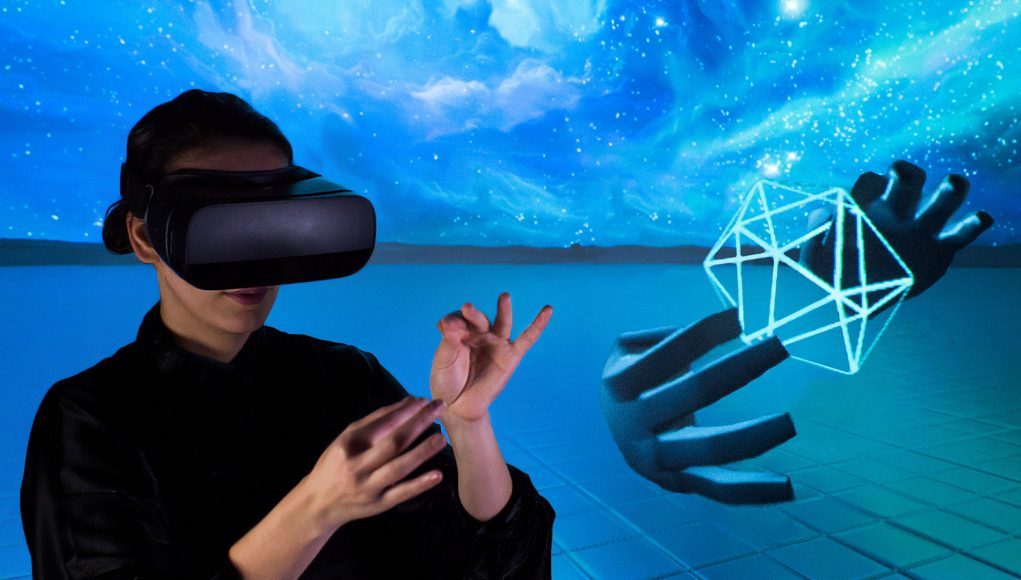Qualcomm and Ultraleap today announced a “multi-year co-operation agreement” that will bring Ultraleap’s controllerless hand-tracking tech (formerly of Leap Motion) to XR headsets based on the Snapdragon XR2 chipset. Ultraleap claims to have the “fastest, most accurate, and most robust hand tracking.”
Snapdragon XR2 is Qualcomm’s latest made-for-XR chip which the company has touted as being the ideal foundation for standalone XR headsets.
The leading standalone VR headset, Oculus Quest, has been increasingly focusing on controllerless hand-tracking as a means of input for the device. Other major headset makers, like Microsoft and its HoloLens 2, have also honed in on hand-tracking as a key input method. As industry leaders coalesce around hand-tracking, it becomes increasingly important for competing devices to offer similar functionality.
But hand-tracking isn’t a ‘solved’ problem, making it a challenge for organizations that don’t have the resources of Facebook and Microsoft to work out their own hand-tracking solution.
Over the years Qualcomm has been working to reduce the barrier to entry to making a standalone XR headset by offering ready-made technologies—like inside-out tracking—alongside its chips. Now the company is announcing that its XR2 chip will be optimized for Ultrealeap hand-tracking out of the box.
While Qualcomm and Ultraleap have previously worked together on this front, the Ultraleap hand-tracking solution offered through Qualcomm was tied to Ultraleap’s hand-tracking hardware. The new announcement means that Ultraleap’s hand-tracking software is being offered independent of its hardware. This makes it a more flexible and cost-effective solution, with the hand-tracking software ostensibly making use of a headset’s existing inside-out tracking cameras, rather than requiring an additional cameras just for hand-tracking; this also frees up two of XR2’s seven supported camera slots for other uses like eye-tracking, mouth, tracking, and more.
Qualcomm and Ultraleap say the hand-tracking tech will be “pre-integrated” and “optimized” for XR2. It isn’t clear if this simply means that Ultraleap hand-tracking will be available as a service in the XR2 software stack, or if XR2 will include special hardware to accelerate Ultraleap hand-tracking, making it more power and resource efficient.
Despite being a years-long leader in hand-tracking technology, Ultraleap (formerly Leap Motion) hassn’t managed to get its solution to catch on widely in the XR space. Now that hand-tracking is seeing greater emphasis from leading companies, Ultraleap’s camera-agnostic solution on XR2 could be the moment where the company’s hand-tracking tech begins to find significant traction.







